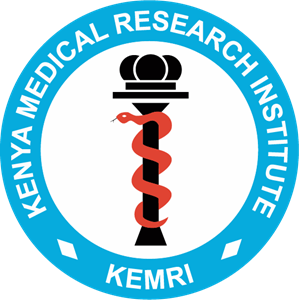NEGLECTED DISEASES RESEARCH
In the division the mandate is to undertake research in Neglected Tropical Diseases (NTD’s) with special emphasis of Visceral Leishmaniasis (VL) which is the most serious form of the disease. The team are involved in research to understand the immunology of the disease as it is known that only a small fraction of those infected persons go to develop the disease. We are also partnering with other institutions in the region as members of the Leishmainia East Africa Platform (LEAP) to undertake multicenter studies in clinical trials looking for safer, shorter and efficacious treatments for VL. We are also involved in diagnostic studies as we seek to come up with noninvasive, easy to do, sensitive and specific tests for diagnosis of VL
Neglected Tropical Diseases (NTDs)
According to WHO, NTD’s are a diverse group of Communicable diseases that prevail in tropical and subtropical conditions in 149 countries. They affect more than one billion people and cost developing economies billions of dollars every year.
The diseases are called neglected because they do not receive much attention. They occur most often in developing countries where Populations live in poverty, without adequate sanitation, suffer from lack of proper nutrition and live in close contact with infectious vectors and domestic animals and livestock. Of the 20 currently listed NTD’s, Leishmaniasis is the disease of Interest in the division.
Visceral Leishmaniasis (VL)
There are three main forms of Leishmaniases: Visceral Leishmaniasis (also known as Kala-azar and the most serious form of the disease), Cutaneous Leishmaniasis (the most common), and Mucocutaneous Leishmaniasis. The disease is caused by the protozoan Leishmania parasites which are transmitted by the bite of infected female phlebotomine sandflies. VL is the most serious of the three forms and it is fatal if left untreated in over 95 percent of cases. It is characterized by irregular bouts of fever, weight loss, enlargement of the spleen and liver, and anaemia. Most cases occur in Brazil, East Africa and inSouth-East Asia. An estimated 50,000 to 90,000 new cases of VL occur worldwide each year out of which only an estimated 25–45 percent are reported to WHO. In 2017, more than 95 percent of new cases reported to WHO occurred in 10 countries: Bangladesh, Brazil, China, Ethiopia, India, Kenya, Nepal, Somalia, South Sudan and Sudan. In 2017, 20,792 out of 22,145 (94percent) new cases of VL reported to WHO occurred in seven countries: Brazil, Ethiopia, India, Kenya, Somalia, South Sudan and Sudan
Several studies are ongoing in the division as follows:
Clinical Trial
An Open Label, Phase III, Randomized Controlled, Multicentre Non-Inferiority Trial to Compare Efficacy and Safety of Miltefosine and Paromomycin with Sodium Stibogluconate and Paromomycin Combination for Treatment of Primary Visceral Leishmaniasis (VL) Patients in Eastern Africa
Diagnostic study
Evaluation of antibody detection tests for visceral leishmaniasis diagnosis in Eastern Africa.
Immunological Study
A observational multicentre study to assess immune response status in patients before and after treatment for visceral
- Abeijon C, Alves F, Monnerat S, Wasunna M, Mbui J, Viana AG, Bueno LL, Siqueira WF, Carvalho SG, Agrawal N, Fujiwara R, Sundar S, Campos-Neto A.J. Development of a Multiplexed Assay for Detection of Leishmania donovani and Leishmania infantum Protein Biomarkers in Urine Samples of Patients with Visceral Leishmaniasis.
Clin Microbiol. 2019 Apr 26;57(5). pii: e02076-18. doi: 10.1128/JCM.02076-18. Print 2019 May.
Dr. Jane Mbui
Dr. Simon Njenga
Dr, Margaret Mbuchi
Mr. Kirigi George
